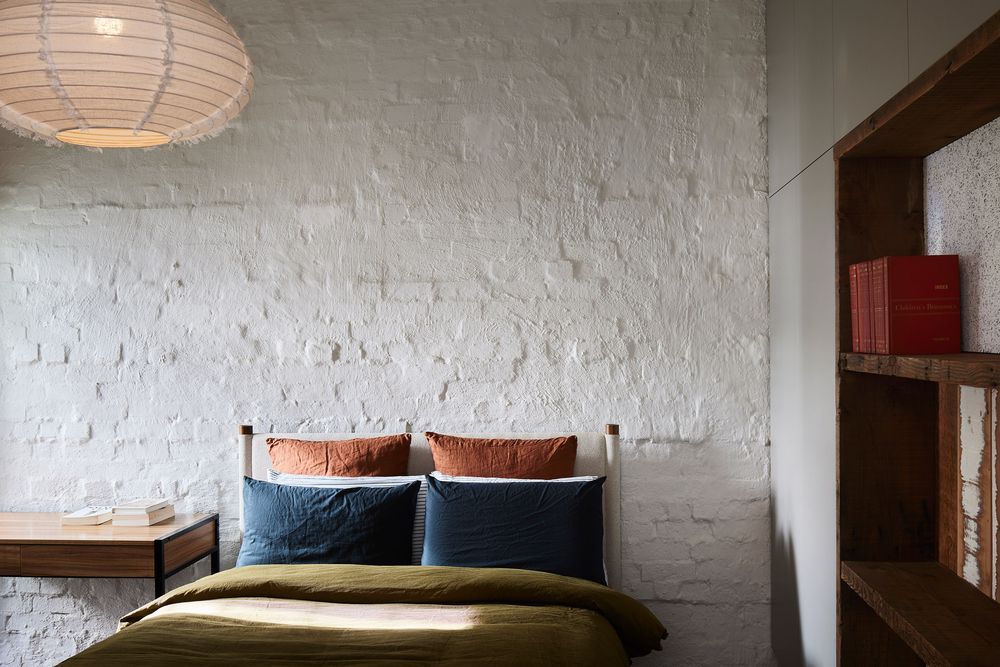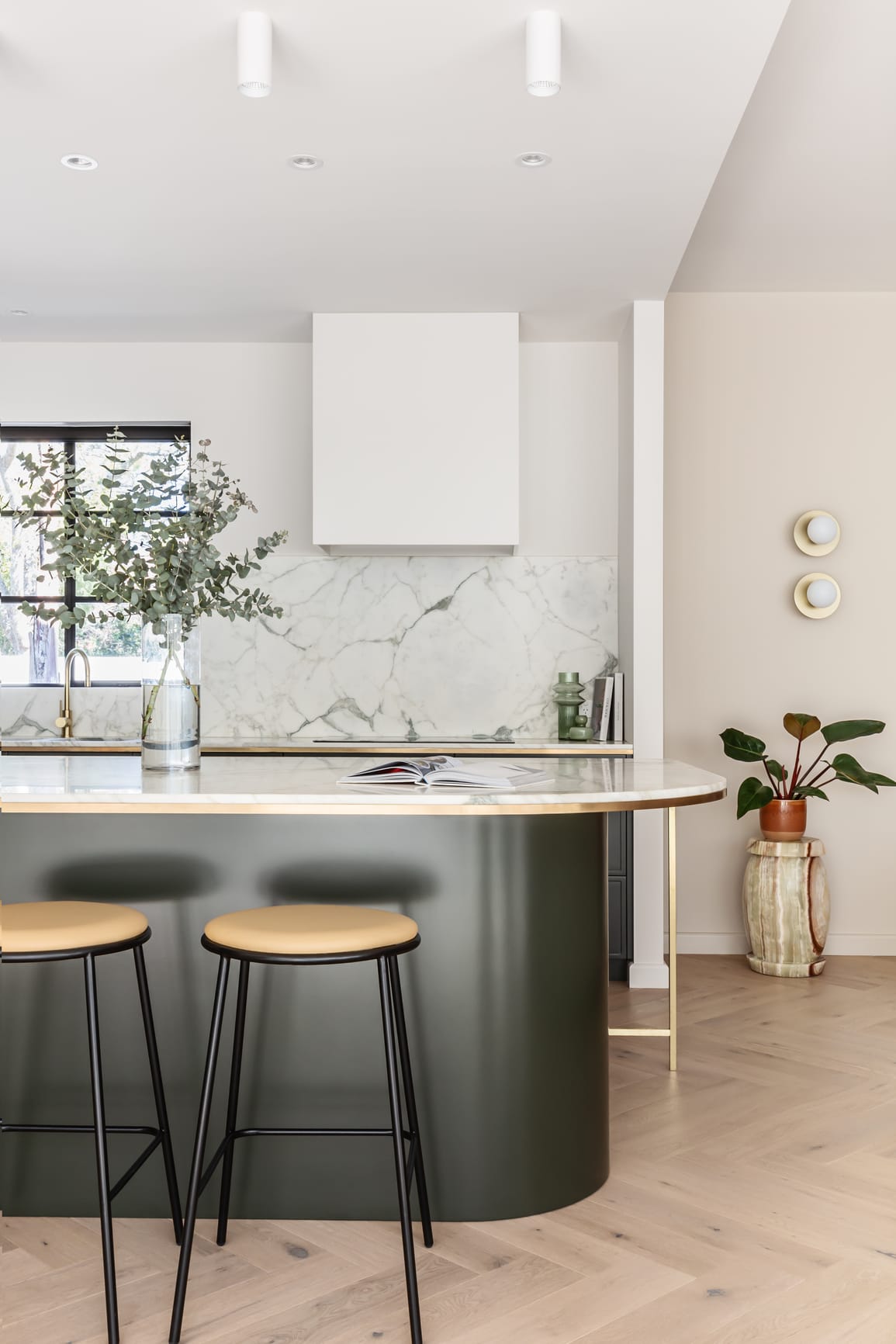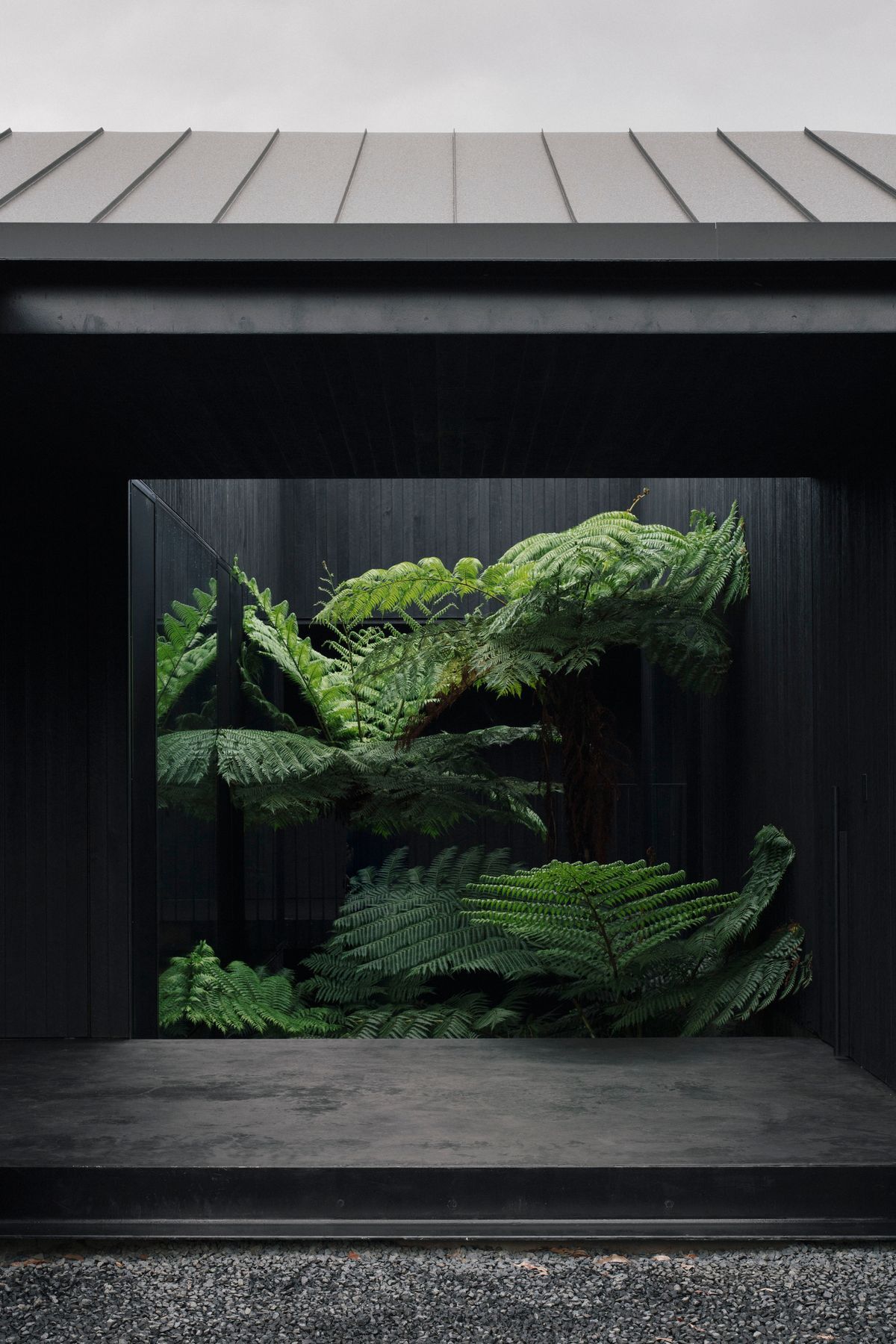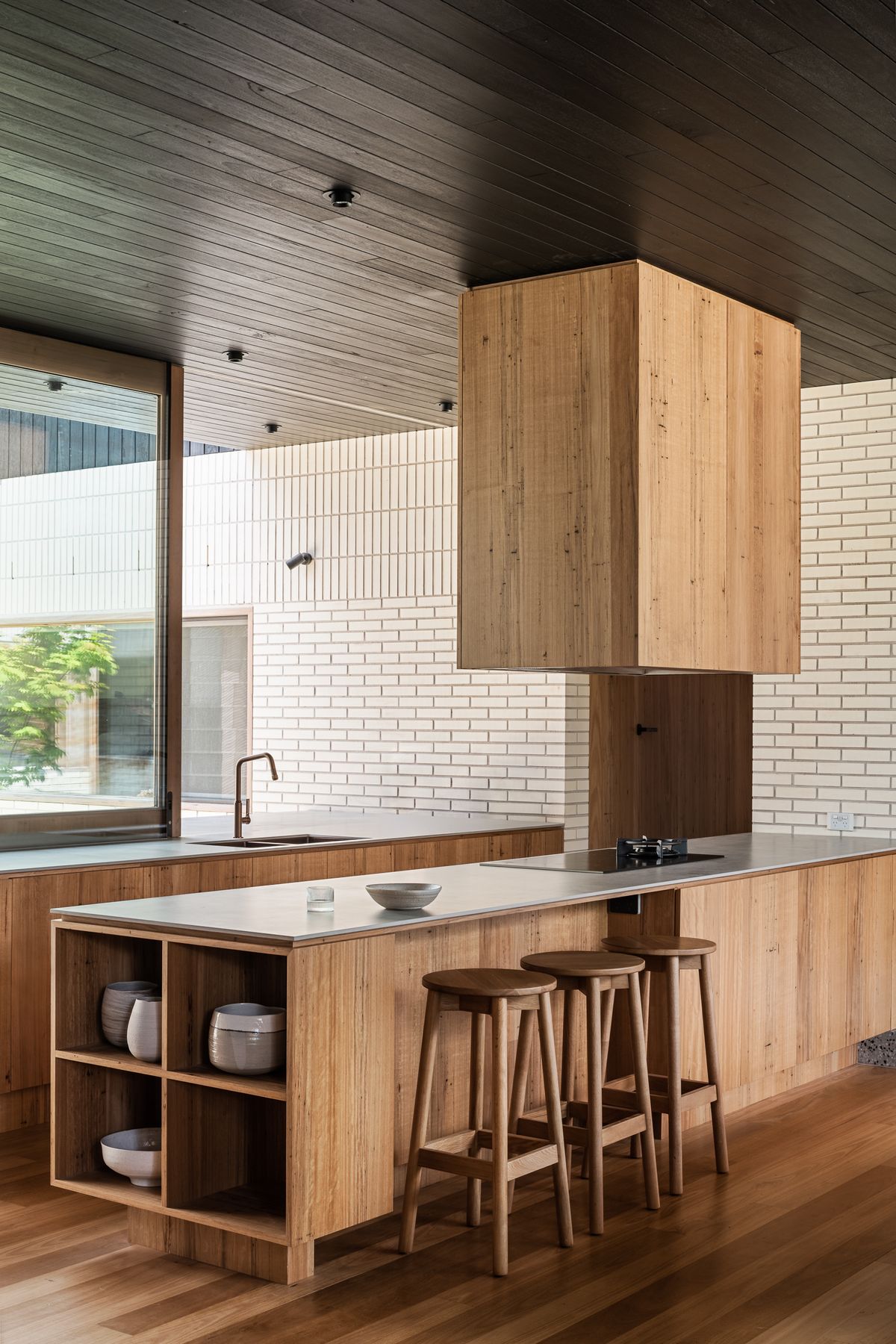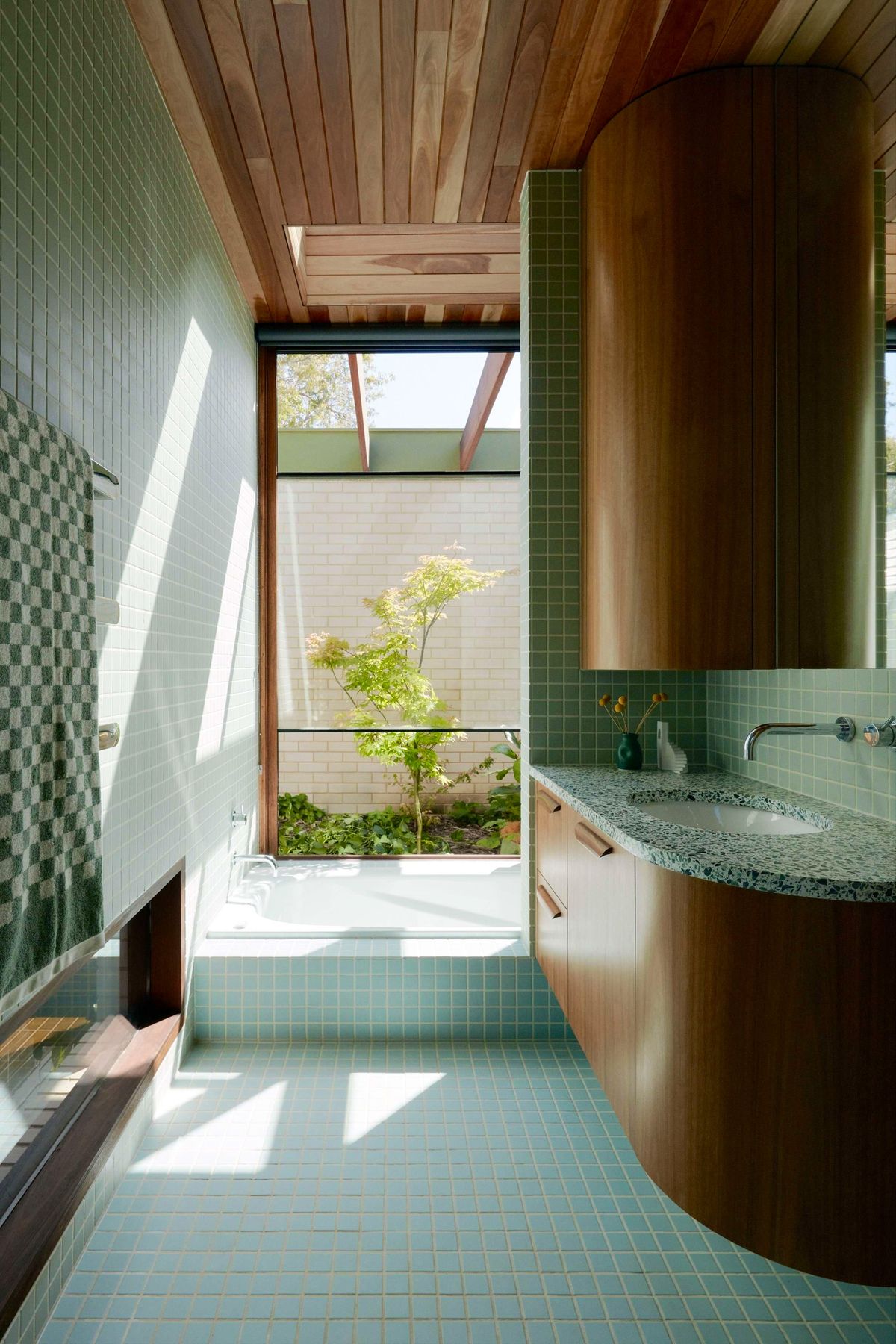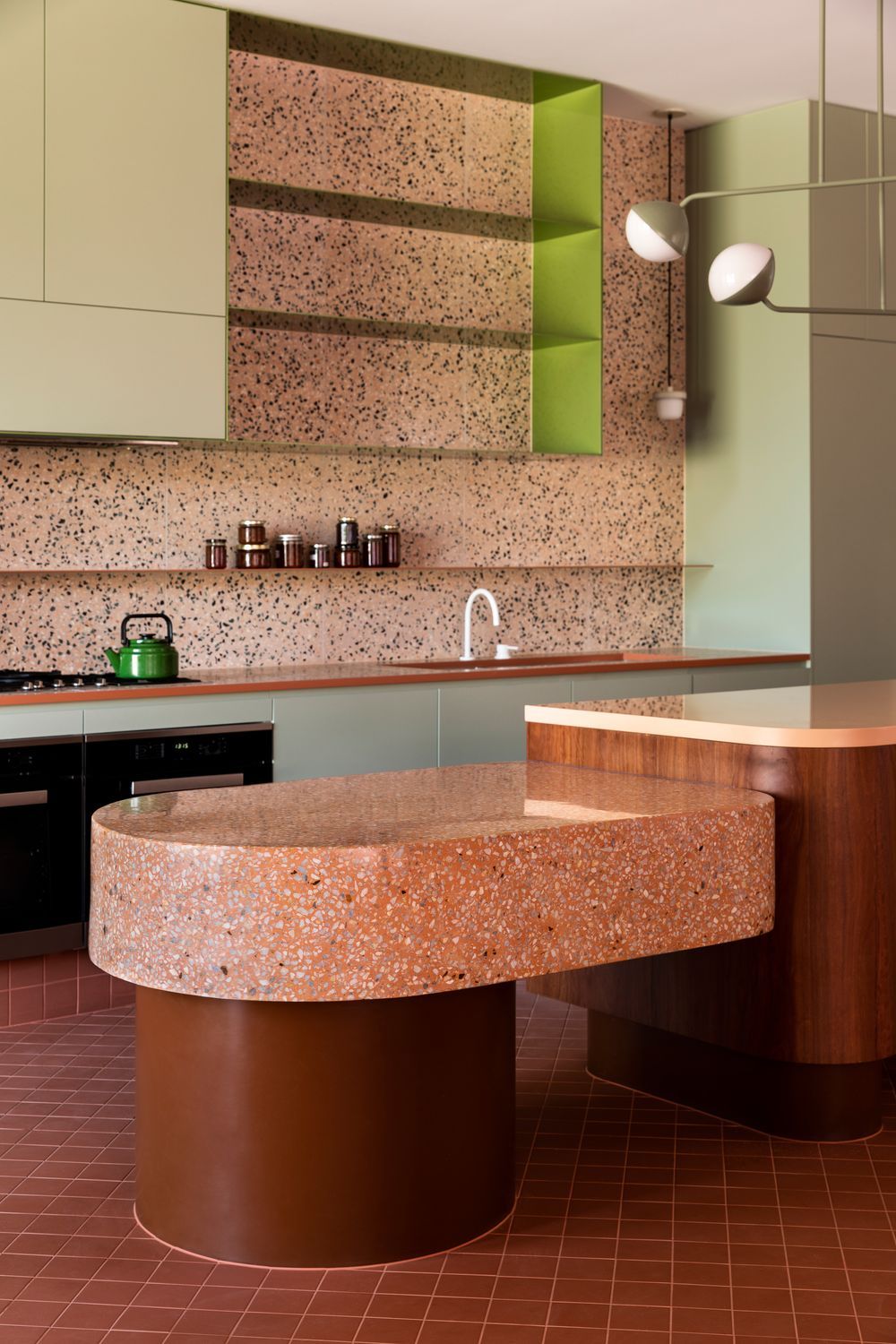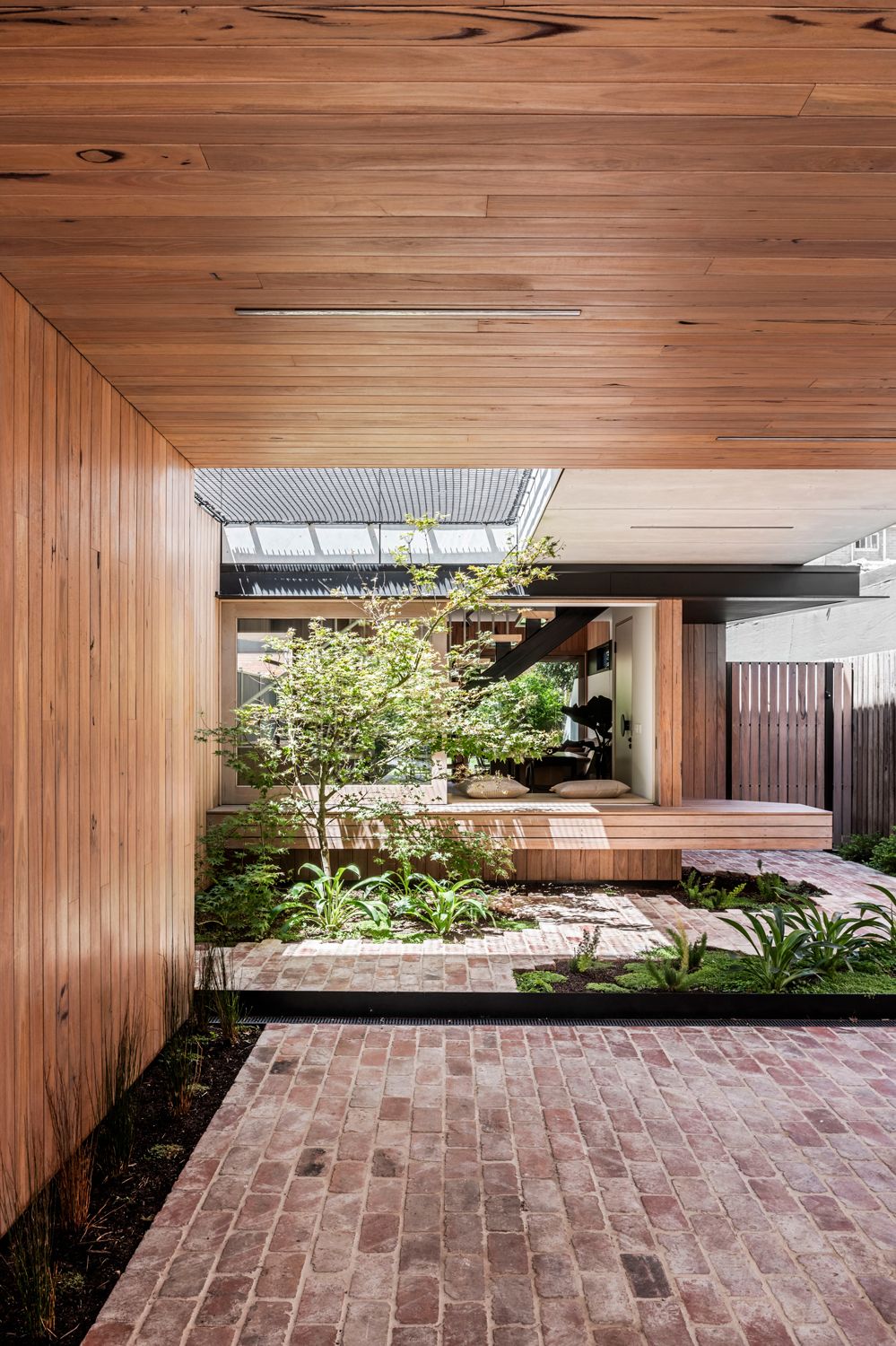
Ready to transform your living space and add value to your home? A well-executed home renovation can make all the difference! But where do you begin? In this guide, we’ll cover everything from setting clear goals and budgeting, to energy-efficient improvements and design considerations for renovations. So let’s dive in and explore the ultimate home renovation guide!
Short Summary
- Planning your home renovation involves setting goals, creating a budget and hiring the right professionals.
- Avoid common mistakes like not getting permits or cutting corners on quality for best results.
- Get inspired by real life success stories to gain valuable insights!
Planning Your Home Renovation
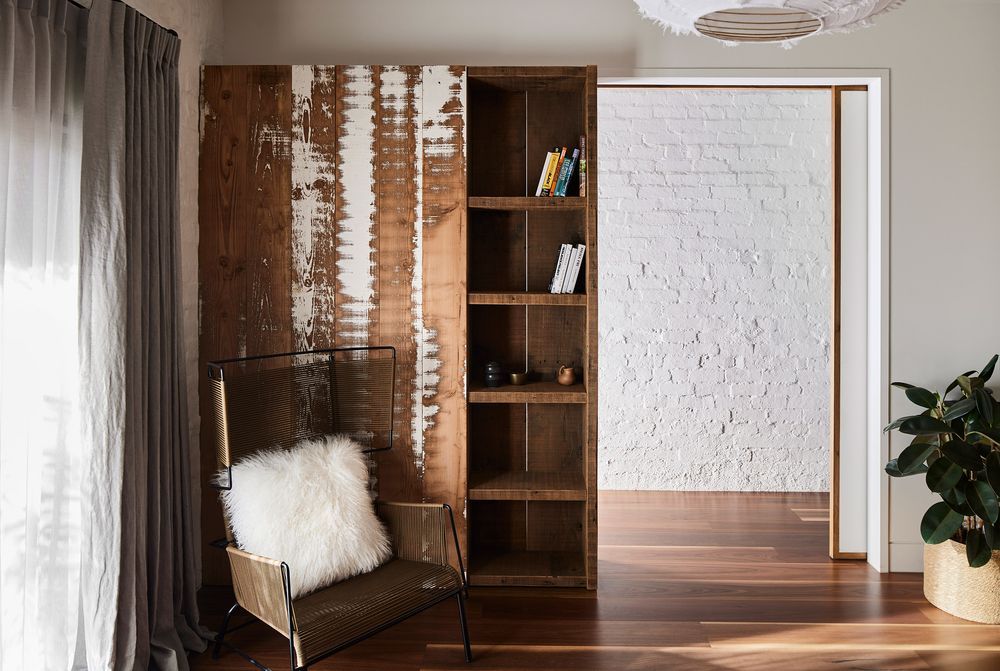
Before you start swinging that hammer, it’s crucial to plan your home renovation carefully. A successful renovation involves setting clear goals, creating a realistic budget, and hiring the right professionals to help bring your vision to life. It’s not just about making your home more suitable for your lifestyle; it’s also about improving its thermal comfort and energy efficiency.
Whether you’re renovating an entire house or focusing on specific rooms, proper planning is the key to avoiding costly mistakes and ensuring a smooth process. So let’s explore the essentials of planning your home renovation.
Setting renovation goals
First and foremost, determine your renovation goals. Are you looking to improve energy efficiency, boost living space, or give the design a refresh? Having a clear vision will help guide your project decisions and prevent you from getting sidetracked.
For example, a family in Queensland took two years to renovate their five-bedroom home, but the extra time allowed them to fine-tune their design and functionality. Drawing inspiration from real-life renovation success stories can also help you identify your goals and achieve amazing results.
Creating a budget
A well-defined budget is crucial for a successful home renovation project, especially when renovating your own home. Cherie Barber, the creator of the Renovating For Profit program, transformed an apartment by installing new laminate flooring, built-in wardrobes, updating kitchen and bathroom fittings, and adding a fresh coat of paint.
Your budget should include all costs, from materials to labour, and it’s a good idea to set aside a contingency fund of 10-20% for unexpected expenses. Regularly check your budget to ensure you’re staying on track and have enough funds to cover any surprises.
Hiring professionals
For a high-quality result, it’s essential to research and hire experienced professionals, such as architects, designers, and contractors. When looking for a contractor, be wary of those offering suspiciously low prices or immediate availability. An interior designer can guarantee a well-designed result and is suggested by experts.
Remember, professionals usually charge either an hourly rate or a percentage of the overall job. To meet minimum thermal performance benchmarks, consider finding a local accredited energy assessor through the Australian Building Sustainability Association, Design Matters National, or House Energy Raters Association.
Looking for an architect? Find architects near you on CO-architecture, browse images of their work.
Energy-Efficient Home Improvements
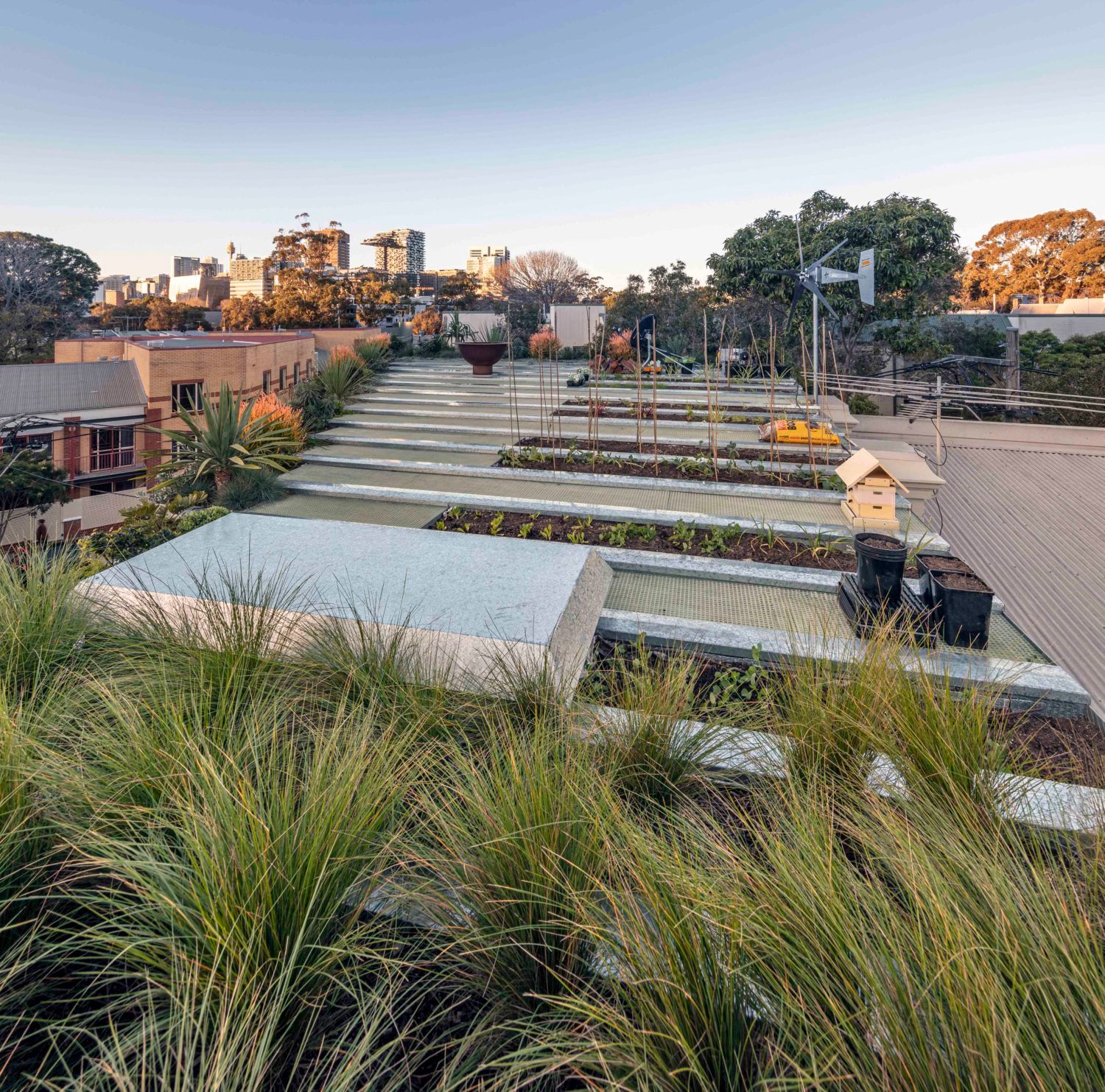
When renovating, it’s important to consider energy-efficient home improvements. Not only will these upgrades reduce your utility bills, but they’ll also increase your property’s value. Some examples of energy-saving improvements include installing solar panels, smart home technology, more efficient lighting, appliances, and heating, cooling, and hot water systems.
By focusing on energy efficiency, you’ll be making a positive impact on the environment while saving money in the long run. So let’s explore some energy-efficient home improvement options to incorporate into your renovation project.
Solar panels
Solar panels are an excellent investment for reducing your reliance on the grid and lowering your energy costs. There are two main types of solar panels: monocrystalline and polycrystalline. Monocrystalline panels are more efficient and last longer, while polycrystalline panels are cheaper and simpler to install.
Installing solar panels typically involves mounting them on the roof, connecting them to an inverter, and then connecting the inverter to the electrical grid. While the initial cost of solar panels can range from $10,000 to $20,000, they provide clean, renewable energy and a long-term return on investment.
Smart home technology
Smart home technology can help you manage your home’s energy use more effectively. Examples of smart home tech include programmable thermostats, energy-efficient lighting, smart locks, and appliances. To ensure your smart home devices work together and are easy to use, it’s important to read the instructions, stick to safety rules, and follow the manufacturer’s recommendations.
By embracing smart home technology, you’ll save on energy costs, lower your home’s carbon footprint, and make your whole home living space more comfortable and secure.
Interior Design Considerations
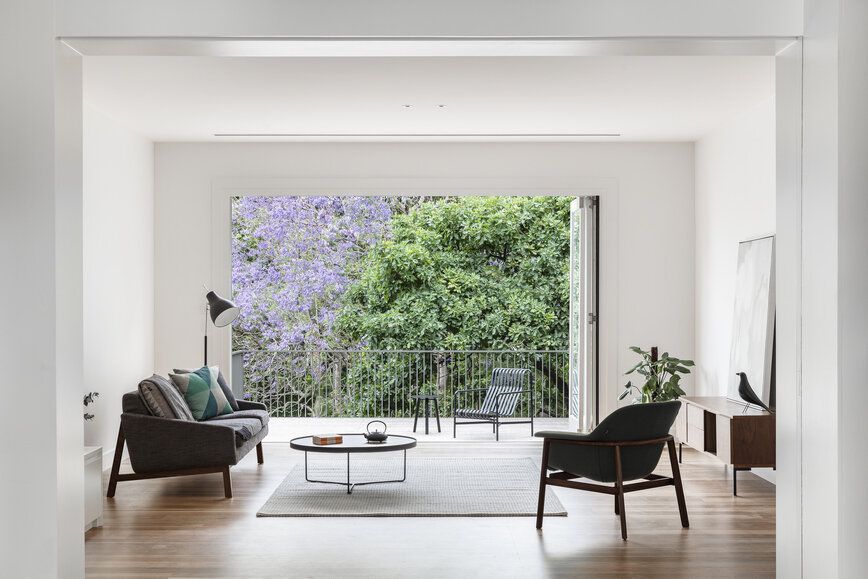
As you map out your reno, it's crucial to take into account interior design aspects like space planning and colour schemes. These elements are fundamental in crafting a seamless, functional, and visually striking space. By zeroing in on design, you'll ensure your reno not only addresses practical matters but also boosts the overall aesthetic of your home.
Explore the role and significance of interior designers.
Let's dive into some interior design considerations for a successful reno project.
Space planning
Effective space planning is key to maximising the functionality and flow of your home, making it more comfortable and enjoyable to live in. Consider how furniture placement, storage solutions, and layout can create a more open and inviting atmosphere in your living areas.
Integrating built-in storage, such as shelves, cabinets, and drawers, can help you get the most out of your space while maintaining a cohesive design. By thoughtfully planning your space, you’ll ensure that your renovated home is both functional and visually appealing.
Colour schemes and materials
Choosing the right colour scheme and materials is crucial for a successful renovation. Consider your personal preferences and the overall vibe you want your home to have. Experiment with different colour combinations using paint swatches and fabrics, and don’t hesitate to seek expert advice.
Keep in mind the existing elements of your home, and select colours and materials that complement and enhance the overall design. By being intentional with your choices, you’ll create a harmonious and visually pleasing space that reflects your unique style.
Kitchen and Bathroom Upgrades
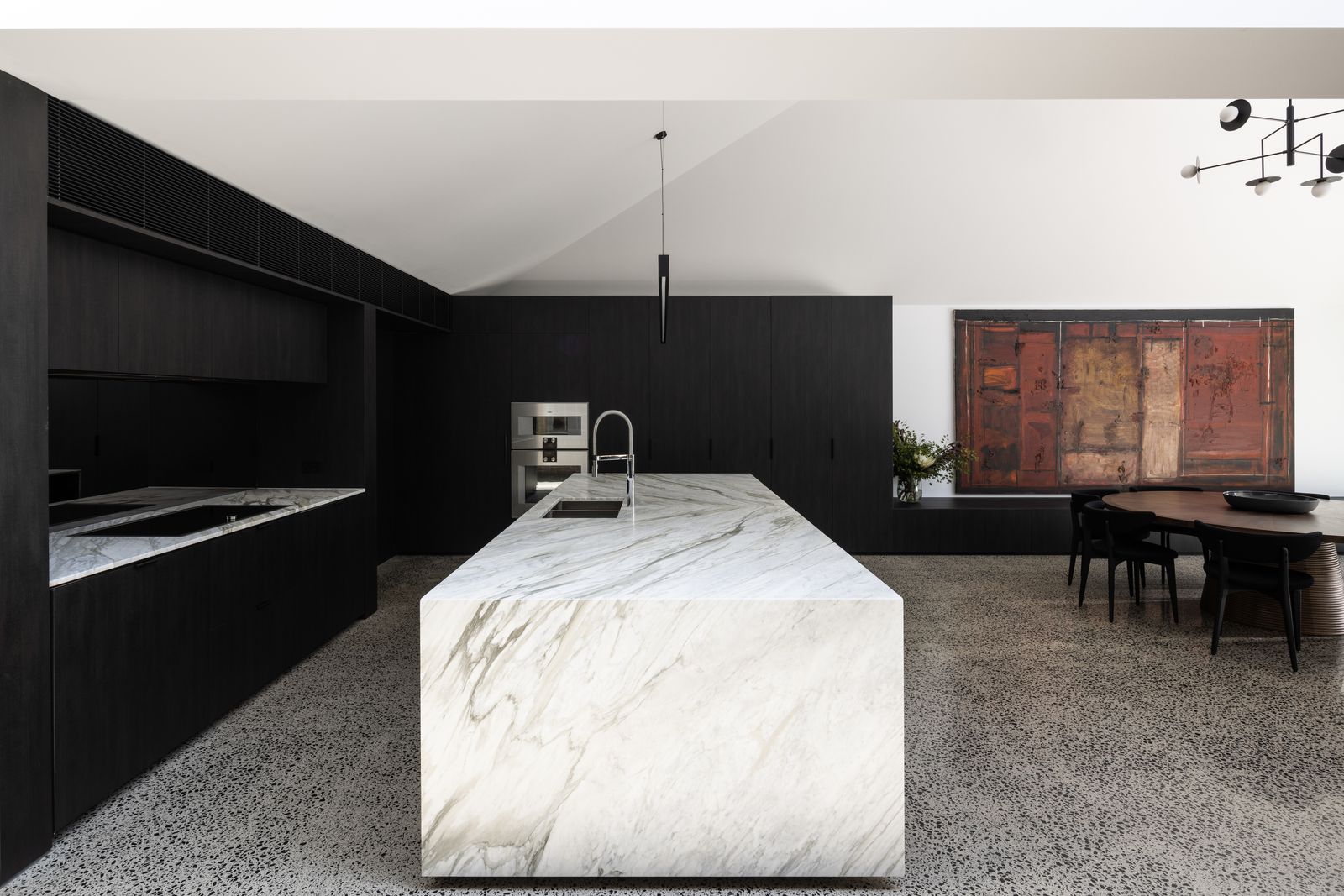
Kitchens and bathrooms are often the focal points of any home renovation project. Upgrading these spaces with new cabinets and fixtures can significantly improve their look and functionality. Whether you’re updating a rental kitchen with a DIY flatpack or transforming a family bathroom with a mid-century modern makeover, investing in these essential spaces can add value and appeal to your home.
Bathroom Trends that Designers are Keeping an Eye on
Let’s explore some upgrades for kitchens and bathrooms.

Kitchen Cupboards
Updating your kitchen with new cupboards, benchtops, and appliances can create a more efficient and visually appealing space. Benchtop cupboards come in various materials, styles, and colours, with timber, laminate, and metal being popular choices. The process of installing benchtop cupboards involves measuring the space, prepping the area, and securing the cupboards in place.
When choosing benchtops and appliances, consider the size, style, and colour of your kitchen, as well as your budget and desired materials.
Bathroom fiittings
Modernising your bathroom by replacing outdated fittings with water-saving options can make a significant difference in the room’s aesthetics and water consumption. When selecting fittings, consider the size of the room, the appearance of the fittings, and any water-saving features they may have.
The installation process typically involves turning off the water, disconnecting old fittings, and hooking up new ones. For a successful installation, measure the space before purchasing fittings, follow the manufacturer’s directions, and check the fittings after installation.
Exterior Enhancements
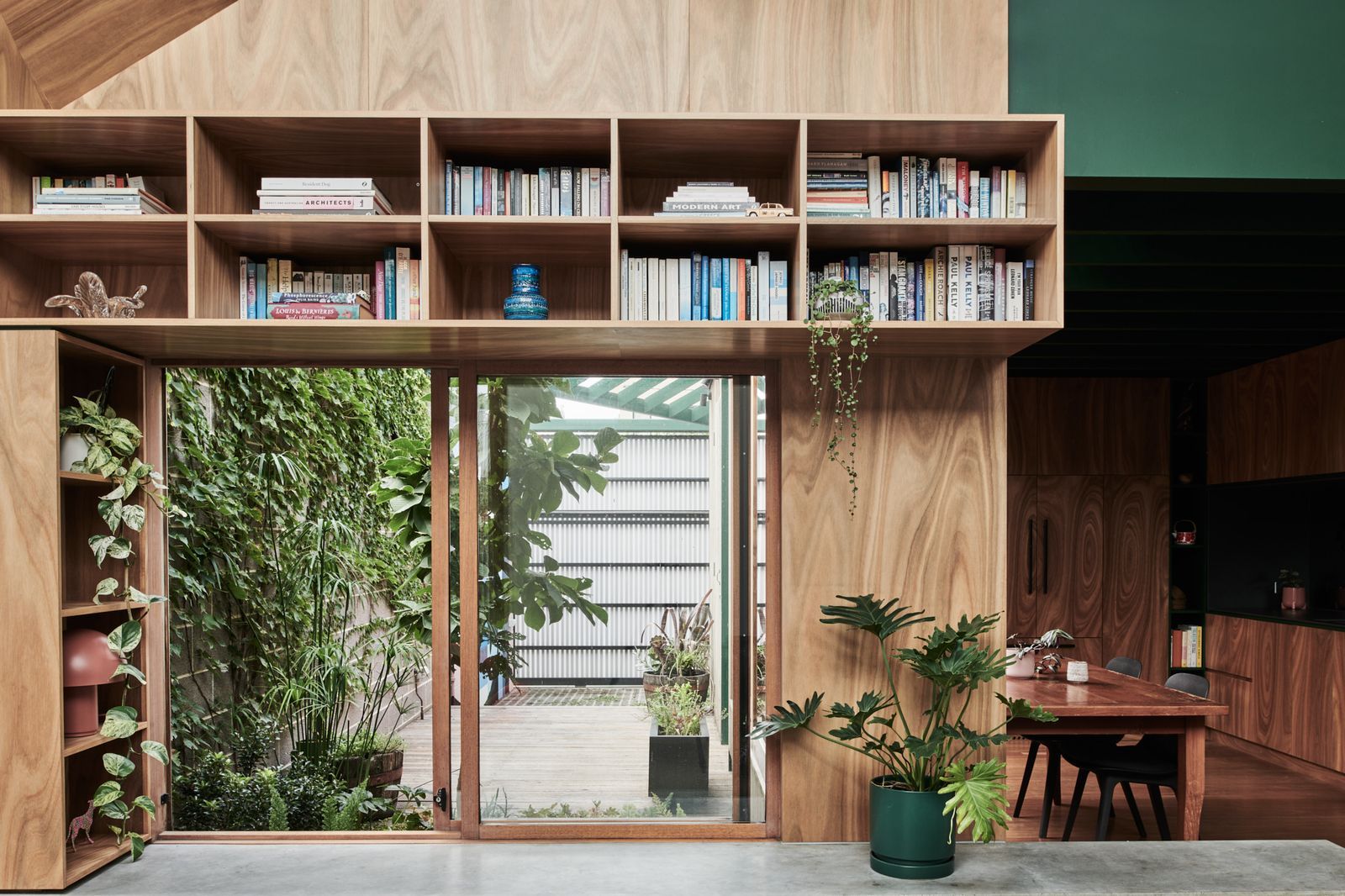
Enhancing your home’s exterior can significantly boost its street appeal and overall value. Thoughtful landscaping and inviting outdoor living spaces, such as decks and patios, create a welcoming environment for relaxation and entertainment. By investing in exterior improvements, you’ll not only improve your home’s appearance, but also increase its marketability.
Let’s delve into some exterior enhancements that can make a lasting impact on homeowners’ property.
Landscaping
Investing in landscaping can improve street appeal and create a welcoming outdoor environment for relaxation and entertainment. Consider factors such as how you plan to use your garden, the climate and soil type in your area, and your budget and available space when planning your landscaping project.
Incorporate existing plants and trees, or introduce new greenery and features to enhance your outdoor space. Thoughtful landscaping can make a significant difference in your home’s overall appearance and value.
Decks and patios
Building or updating decks and patios can extend your living space outdoors and increase your home’s value. Consider the purpose of these outdoor spaces and their location in relation to your kitchen and living room when planning your deck or patio project. Keep your budget in mind, and choose materials that complement your home’s exterior and landscaping.
By creating inviting outdoor living spaces, you’ll enhance your home’s street appeal and enjoy a greater connection to nature.
Common Renovation Mistakes to Avoid
Although home renovation projects can be exciting, they’re not without potential pitfalls. To ensure a successful outcome, it’s essential to avoid common renovation mistakes, such as overlooking council approvals and regulations or compromising on quality. By being mindful of potential issues and addressing them proactively, you’ll save time, money, and potential headaches in the long run.
Let’s take a closer look at some common renovation mistakes to avoid and how to ensure a smooth and successful project.
Overlooking council approvals and regulations
Obtaining all necessary council approvals and adhering to local regulations is crucial when undertaking a renovation project. Failure to do so could result in fines and potential delays in your project. Contact your local council to determine what approvals you need and ensure you’re following all local rules.
If you’re unsure about any aspect of the approval process, consider hiring a professional to help navigate the complexities and keep your project on track.
Compromising on quality
Prioritising quality materials and workmanship is essential for a long-lasting, durable result that adds value to your home. Cutting corners on quality can lead to costly repairs or the need to redo work in the future. When planning your home renovation, budget for quality materials and workmanship to get the best results in your construction project.
Research local tradesmen and suppliers, ask for references, and read reviews to ensure you’re getting the best quality for your investment.
DIY vs. Professional Help
Deciding whether to tackle a renovation project yourself or hire professionals can be a challenging decision. While DIY projects can be cost-effective and offer a sense of accomplishment, they can also be time-consuming and require specific skills. Before embarking on a DIY project, it’s essential to assess your skills and experience to determine if you’re up for the challenge or if professional help is necessary.
It’s important to consider the scope of the project, the tools and materials needed, and the cost of the project.
Assessing your skills and experience
Evaluate your abilities and the complexity of the project to determine if DIY is a viable option for your renovation. Consider the key skills and experience required, such as communication, painting, basic electrical work, plumbing, tiling, plasterboard repair, and simple carpentry.
If you’re confident in your abilities and the project isn’t too complex, DIY might be a good option. However, if the project is complicated or you lack the necessary skills, it’s best to hire a professional.
Hiring professionals for complex projects
For larger or more complex projects, hiring experienced professionals can save time, money, and potential headaches in the long run. Professionals have the expertise and experience to complete the project quickly and efficiently, ensuring the job is done to code and adhering to all council approvals and regulations.
When selecting tradies, research their background, ask for references, and compare prices to ensure you’re making the best choice for your project.
Sustainable renovations
Sustainable renovation projects and new builds prioritise energy efficiency and eco-friendly materials, benefiting both the environment and your wallet. For instance, a homeowner might install solar panels, use smart home technology, and incorporate energy-efficient appliances and materials into their renovation project.
By focusing on sustainability, you’ll not only reduce your home’s environmental impact, but also achieve energy savings in the long run.
A successful home renovation requires careful planning, clear goals, and attention to detail. By considering energy efficiency, design, and the balance between DIY and professional help, you can create a space that is both functional and visually appealing. Whether you’re undertaking a budget-friendly transformation or a sustainable renovation, the key is to stay focused, be resourceful, and learn from the experiences of others. With dedication and determination, you can turn your home renovation dreams into reality.
Frequently Asked Questions
What should you do first in a home renovation?
Before starting a home renovation, you should check for any restrictions on development, work out your budget, consider what’s most important for you and your lifestyle, review the property market, and talk to a builder.
Additionally, plan to do your kitchen reno first as it will create the most dust and debris.
Do I need a permit to renovate my bathroom Victoria?
Yes, you need a building permit for bathroom renovation in Victoria, as it requires structural changes and increases or decreases the existing floor area of the dwelling.
Building permits are necessary for any kind of structural changes to a dwelling, as they ensure that the changes are safe and compliant with local building codes. In Victoria, this includes bathroom renovations, as they often involve changes to the existing floor area.
What are some energy-efficient home improvements I can make during a renovation?
Installing solar panels, energy efficient lighting and appliances, and smart home technology are great ways to make your home more energy efficient during a renovation.
These changes can help reduce your energy bills and make your home more comfortable. Additionally, they can increase the value of your home and make it more attractive to potential buyers.
Making energy efficient upgrades during a renovation is a good idea.
How can I plan a budget-friendly renovation?
Focus on the essential elements, opt for affordable materials and look into DIY projects to save money when you can.
DIY projects can be a great way to save money on home improvement projects. They can also be a fun and creative way to add your own personal touch to your home. With the right tools.
What factors should I consider when planning my home's landscaping?
When planning your home’s landscaping, consider your budget, available space, soil type and climate in your area, as well as what activities you will use the garden for.



